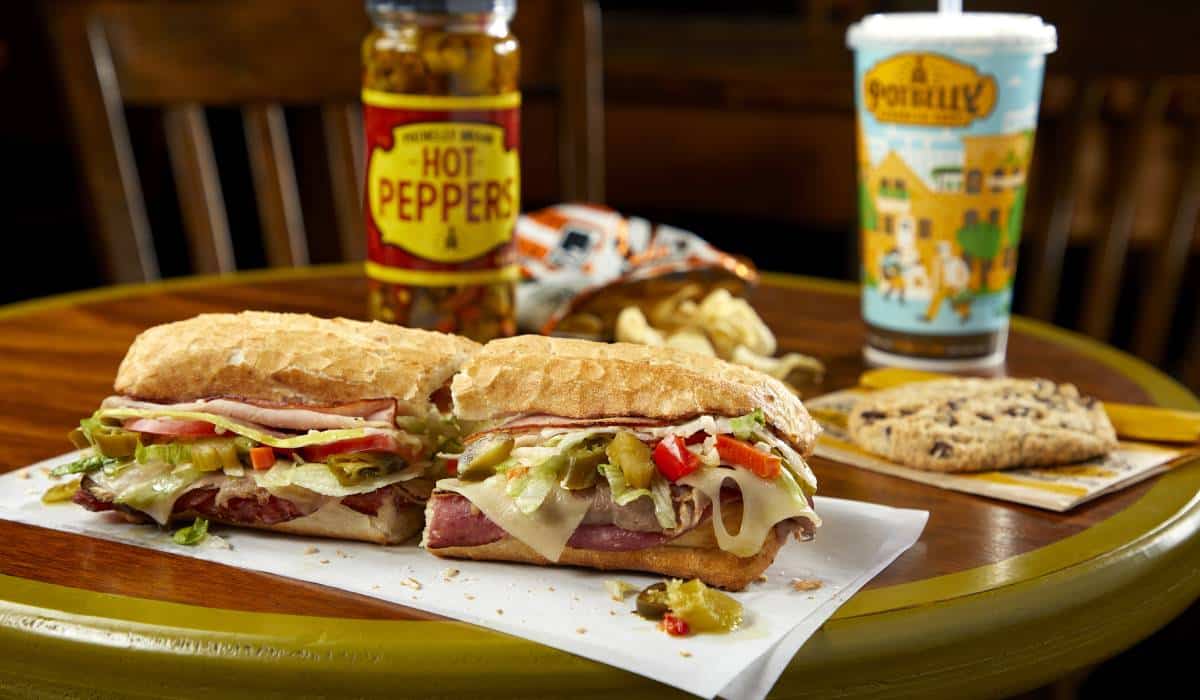With Food Allergy Awareness Week, May 8–14, upon the foodservice world, quick-serve operators and others are continuing to ramp up their efforts in helping customers with allergy afflictions know exactly what is in their food.
Chris Weiss, vice president of advocacy and government relations for the Food Allergy & Anaphylaxis Network (FAAN), says that as part of Awareness Week, allergen advocates will host programs in schools, restaurants, and other community establishments to heighten allergen understanding. In addition, more than half of the nation’s governors have issued formal proclamations recognizing the food-allergy effort.
While most once thought of the Big 8 as a college athletics conference hosting Jayhawks, Cornhuskers, and Cyclones, a mention of the Big 8 today is more likely to trigger a conversation about wheat, soy, egg, and peanut, just four of the eight food allergens that account for approximately 90 percent of all food allergies in the U.S.
Due in large part to a surge in food allergies, highly publicized allergy cases, and exhaustive education efforts by groups such as FAAN, food allergies have escaped the back page and have been firmly planted in the nation’s consciousness.
Sloane Miller is one expert who knows the challenges of food allergies all too well.
The New York City native was raised in restaurants, a potentially frustrating reality for a child with tree-nut and salmon allergies. Yet Miller, now a nationally recognized food allergy consultant and advocate, learned at an early age to both understand her diagnosis and communicate her needs to restaurant staff.
“I want the same things every other customer wants—good food at a good price. I just have some extra special requests,” Miller says.
With the number of food-allergy diagnoses rising—meaning more customers with food allergies walking into restaurants—operators across the country are increasingly taking notice of an issue that can hospitalize and even kill patrons.
“Restaurants committed to hospitality understand that allergies are an extension of food safety,” Miller says. “From multiunits to the ma-and-pa restaurants, there’s a growing awareness that signals a real positive [outlook].”
Culver’s and Subway are just two of the well-established names that have taken active steps to be allergen-friendly.
For the last decade, Wisconsin-based Culver’s has provided an in-store brochure—updated twice each year—highlighting the allergens in specific menu items. The company also provides an allergen grid on its website and developed an iPhone app that shares allergen info.
“We feel it’s important for our guests to have the most complete information possible at their disposal. Our guests want to know and need to know,” Culver’s director of research and menu development Jim Doak says.
Culver’s also integrated allergen attentiveness into its POS system. After customers communicate their allergies to a cashier, he hits an alert key on the POS system that appears on the kitchen monitor. Kitchen staff then pause work, approach the cashier to identify the particular allergens, and take the necessary steps to alter the product’s creation and control cross contamination.
On its website, sandwich giant Subway provides a comprehensive, two-page allergy chart listing the Big 8 allergens and other sensitive ingredients found in its menu items. In addition, Subway provides a separate ingredient listing on its website for those with allergies outside of the Big 8.
“It’s a simple way for customers to look at the information and see what items they can eat at our restaurants,” says Subway corporate dietician Lanette Kovachi, adding that the online presence allows the brand to update information regularly.
“When it comes to food allergies, you don’t want to take the risk of being outdated.”
In Subway restaurants, every case of food that enters the store features a printed ingredient list and allergen info. Further, the chain’s production line makes it easy for crewmembers to assemble customer’s special orders, including those that are sensitive to certain allergies.
Weiss believes any restaurant looking to be allergen responsive must first adopt a serious, considerate approach. Second, he encourages restaurant managers to learn the basics. On its website, FAAN hosts a 20-minute video providing a food-allergy overview and tips, as well as a manual titled “Welcoming Guests with Food Allergies.” Both resources are free.
As the Internet is filled with online groups discussing allergens, including ratings and reviews of allergen-friendly restaurants from a generally vocal and loyal group, smart restaurants have made an effort to be responsive and attentive to specific needs.
“We are a restaurant’s best potential customer,” Miller says of the allergen afflicted. “I go to chains from city to city because I know they handle my requests well and I’m often bringing others with me.”
Moving forward, emerging technologies such as in-store kiosks and smartphone apps are expected to make allergy information more accessible to consumers. Restaurants, meanwhile, are likely to extrapolate allergen information further, both in response to consumer demand and as a sense of responsibility to consumers.
“As an industry, I think we need to be transparent, so our customers can make the right choice,” Culver’s Doak says. “If we do that, we’ll earn their trust.”













